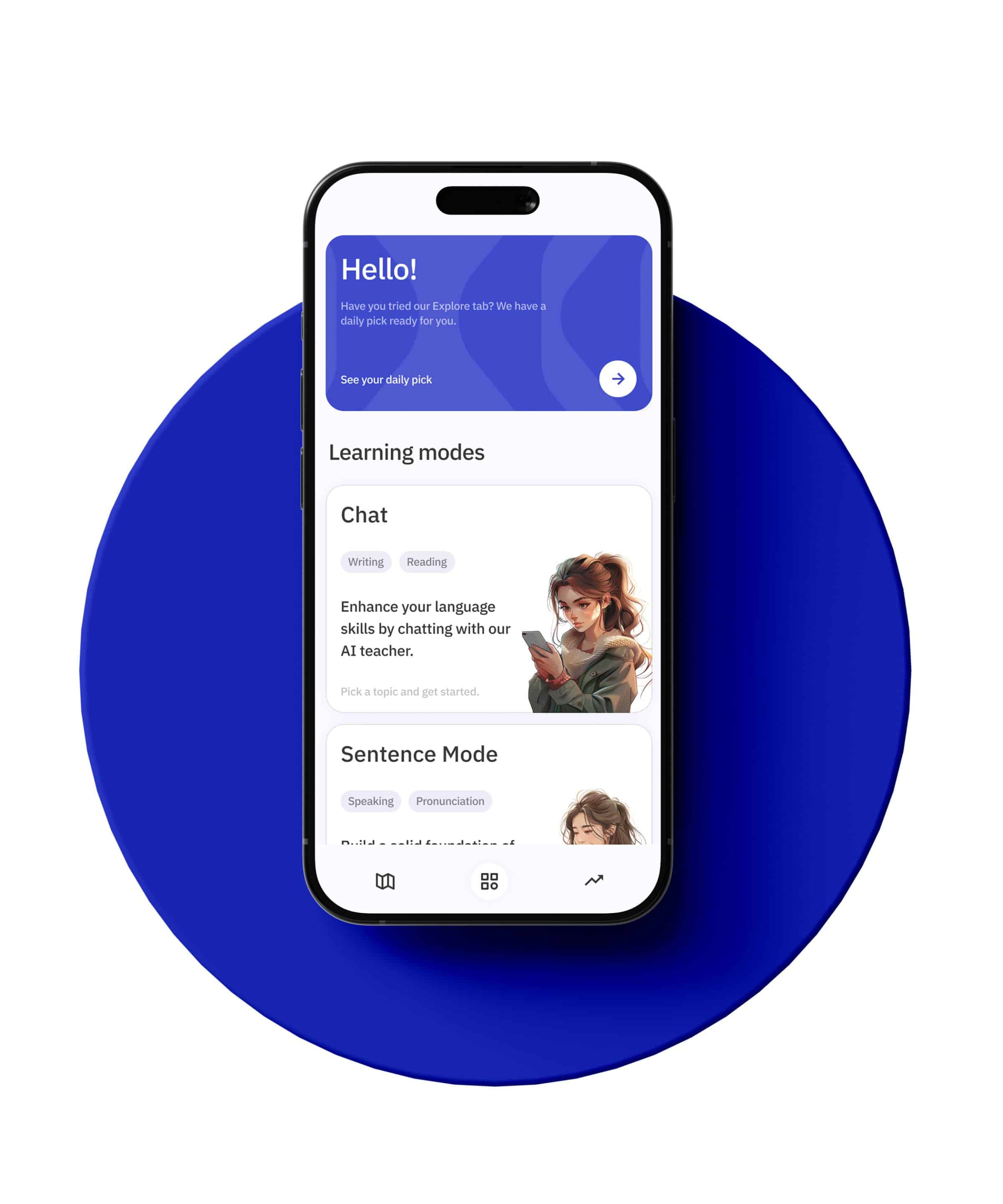Understanding the intricacies of a new language can be both challenging and rewarding. Persian, also known as Farsi, offers a rich tapestry of linguistic elements that are both unique and engaging. One such area that demands attention is the use of conjunctions in forming questions. Conjunctions are essential in any language, and in Persian, they play a critical role in the construction and comprehension of questions.
Conjunctions in Persian
Conjunctions are words used to connect clauses or sentences, and they help to provide coherence in language. In Persian, conjunctions are called “حروف ربط” (harf-e rabt). Some common conjunctions include “و” (va, meaning “and”), “یا” (ya, meaning “or”), and “ولی” (vali, meaning “but”). In the context of questions, conjunctions can help to link different parts of the sentence, making the query more complex and detailed.
Basic Question Formation
Before diving into conjunctions within questions, it’s essential to understand how basic questions are formed in Persian. Questions in Persian typically follow a subject-verb-object order, similar to English. However, Persian does not require auxiliary verbs like “do” or “does” to form questions. For instance:
– English: Do you speak Persian?
– Persian: آیا فارسی صحبت میکنید؟ (Aya Farsi sohbat mikonid?)
Here, “آیا” (Aya) is a question marker that indicates the sentence is a question. It is not always necessary but often used for clarity.
Conjunctions in Yes/No Questions
In Persian, yes/no questions can be enhanced by using conjunctions to add more information or to compare options. For example:
– آیا شما چای میخورید یا قهوه؟ (Aya shoma chai mikhorid ya ghahve?)
– Translation: Do you drink tea or coffee?
In this sentence, “یا” (ya) is the conjunction meaning “or,” linking two possible options within the question. This is similar to how “or” is used in English to provide alternatives.
Conjunctions in WH-Questions
WH-questions in Persian, which include who, what, where, when, why, and how, can also be enhanced using conjunctions. These questions provide more detailed information and are essential for meaningful conversations. Here are some examples:
– شما کجا میروید و چرا؟ (Shoma koja miravid va chera?)
– Translation: Where are you going and why?
In this question, “و” (va) is the conjunction meaning “and,” connecting two WH-questions into one comprehensive query.
Combining Multiple WH-Questions
Persian allows for the combination of multiple WH-questions using conjunctions to create more complex sentences. This can be particularly useful in both written and spoken communication. For example:
– کی و کجا با ما ملاقات میکنید؟ (Ki va koja ba ma molaghat mikonid?)
– Translation: When and where will you meet us?
Here, “و” (va) is used to combine “کی” (ki, meaning “when”) and “کجا” (koja, meaning “where”) into a single question. This structure is efficient and helps in gathering detailed information succinctly.
Conjunctions in Tag Questions
Tag questions are short questions added to the end of a sentence to confirm information or seek agreement. In Persian, tag questions can also incorporate conjunctions to add complexity or clarity. For instance:
– شما دانشجو هستید، درست است؟ (Shoma daneshjoo hastid, dorost ast?)
– Translation: You are a student, aren’t you?
Although this example does not use a conjunction, Persian allows for more complex tag questions by incorporating conjunctions. For example:
– شما این کتاب را خواندهاید، یا نه؟ (Shoma in ketab ra khanded, ya na?)
– Translation: You have read this book, haven’t you?
In this sentence, “یا” (ya) is used in the tag question to provide a clear alternative, making the confirmation more explicit.
Advanced Use of Conjunctions in Questions
For advanced learners, understanding how to use conjunctions in more complex questions can significantly enhance fluency and comprehension. Here are some advanced examples:
Combining Conditional Clauses
Conditional clauses often use conjunctions to link the condition with the result. In questions, these can be combined to form intricate queries. For instance:
– اگر باران ببارد، آیا شما به مهمانی خواهید آمد یا نه؟ (Agar baran bebarad, aya shoma be mehmani khahid amad ya na?)
– Translation: If it rains, will you come to the party or not?
Here, “اگر” (agar, meaning “if”) and “یا” (ya, meaning “or”) are used to link the condition with the possible outcomes, creating a nuanced question.
Using Conjunctions for Emphasis
Conjunctions can also be used to emphasize certain parts of a question, making the query more impactful. For example:
– آیا شما واقعاً این فیلم را دوست دارید، یا فقط تظاهر میکنید؟ (Aya shoma vaghean in film ra doost darid, ya faghat tazahor mikonid?)
– Translation: Do you really like this movie, or are you just pretending?
In this sentence, “یا” (ya) is used to present a stark contrast between two possibilities, emphasizing the speaker’s doubt and seeking a clear answer.
Common Mistakes and Tips
When learning to use conjunctions in Persian questions, there are some common mistakes that learners should be aware of and avoid:
Overusing Conjunctions
One common mistake is overusing conjunctions, which can make sentences unnecessarily complicated. It’s essential to use conjunctions judiciously to ensure clarity.
Incorrect Placement
Another mistake is incorrect placement of conjunctions. In Persian, conjunctions typically come between the clauses or phrases they are connecting. Misplacing them can lead to confusion or misinterpretation.
Practice Makes Perfect
The best way to master the use of conjunctions in Persian questions is through practice. Engage in conversations, write sentences, and read Persian texts to see how native speakers use conjunctions. Over time, this will help you develop a more intuitive understanding of their usage.
Conclusion
Conjunctions are a vital component of Persian grammar, especially in the context of forming questions. They help to link different parts of a sentence, providing clarity and depth to the query. Whether you are asking a simple yes/no question or a complex WH-question, understanding how to use conjunctions effectively can significantly enhance your fluency and comprehension in Persian.
By paying attention to the placement and usage of conjunctions, and by practicing regularly, you can master this aspect of Persian grammar. Remember, every language has its nuances, and Persian is no exception. Embrace the learning process, and you’ll find yourself becoming more confident and proficient in no time.







